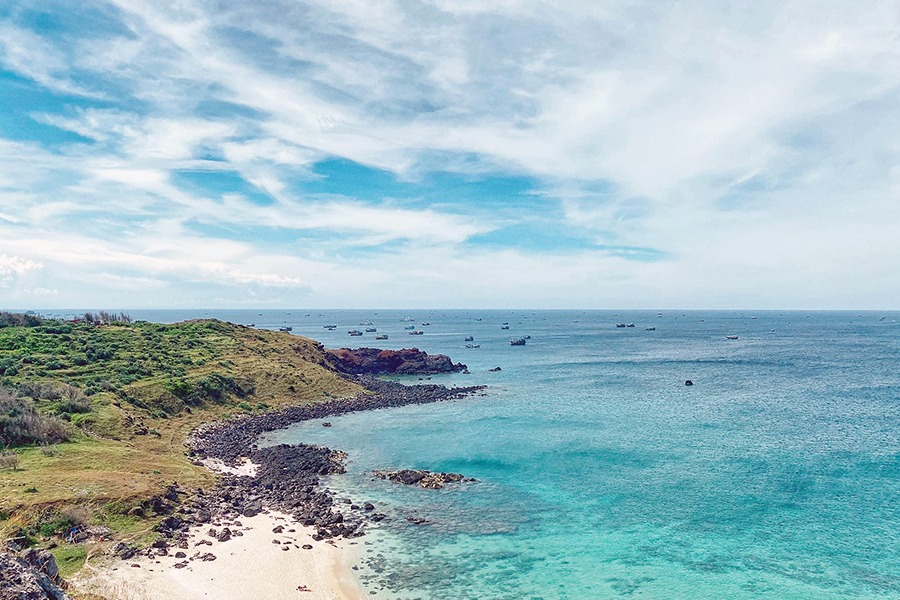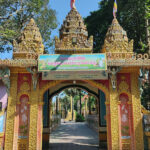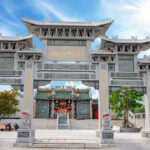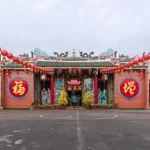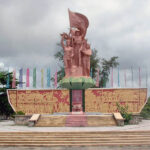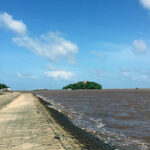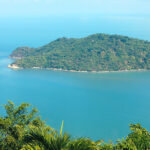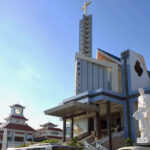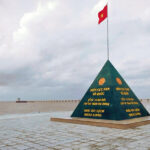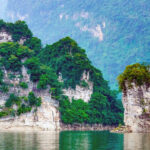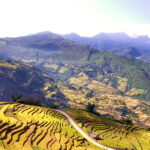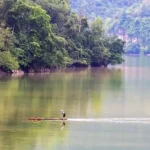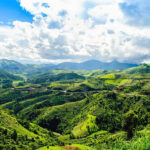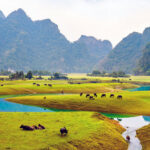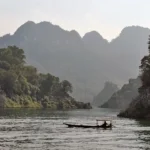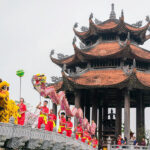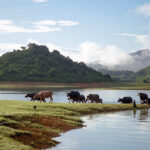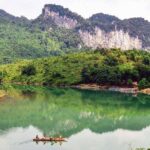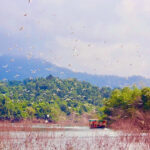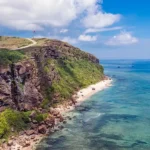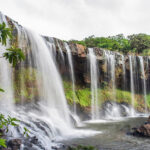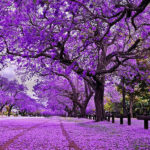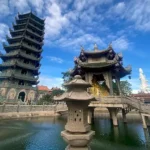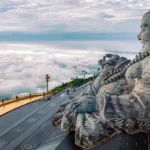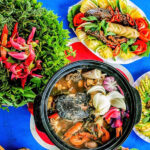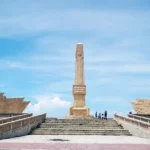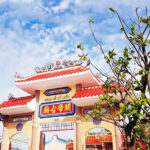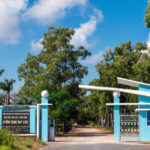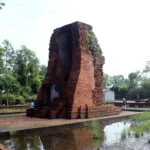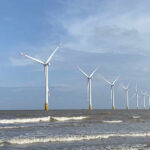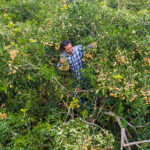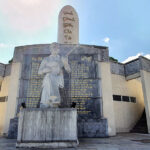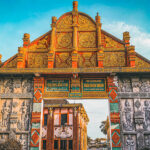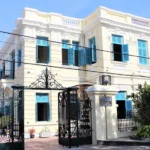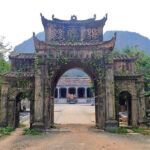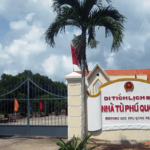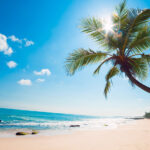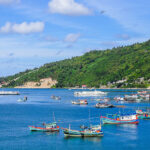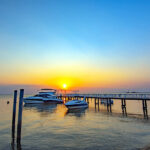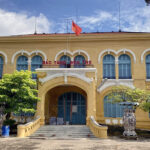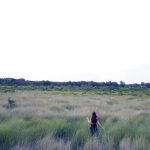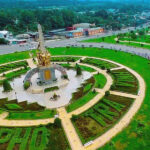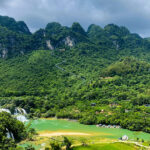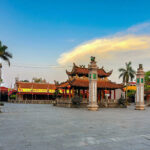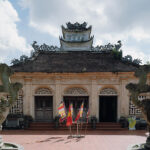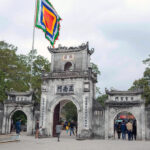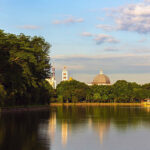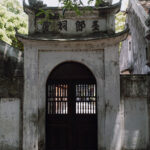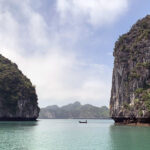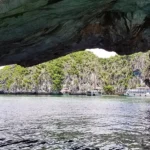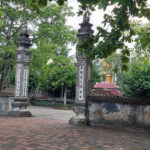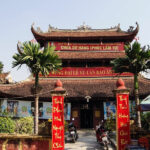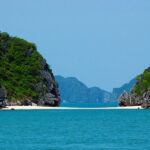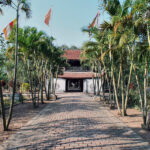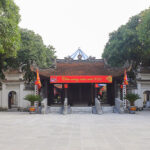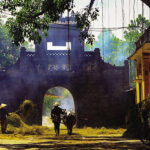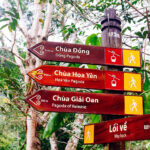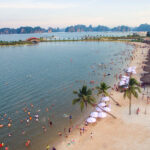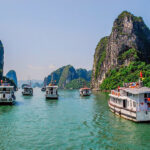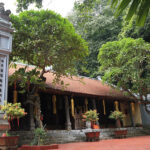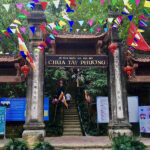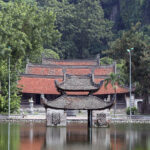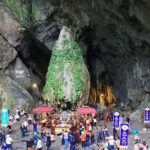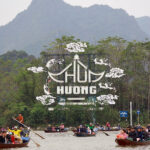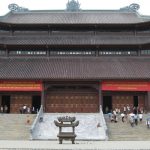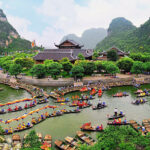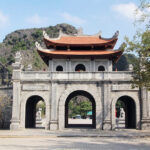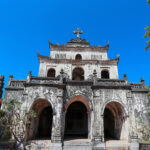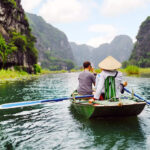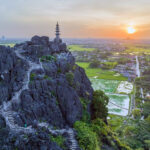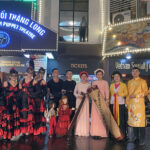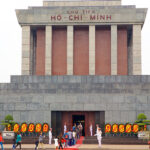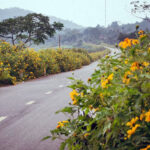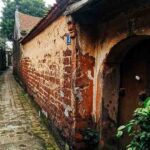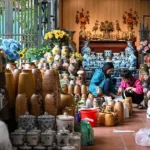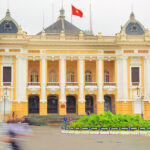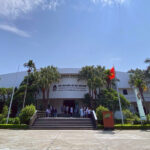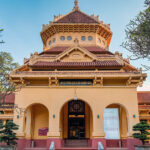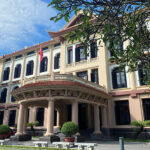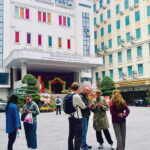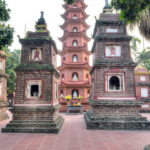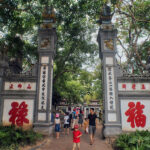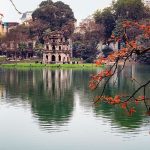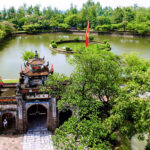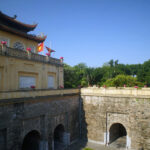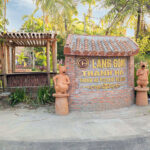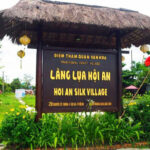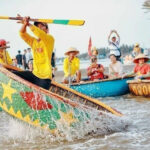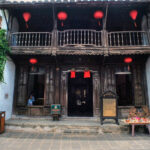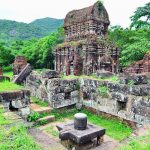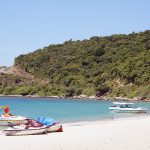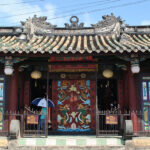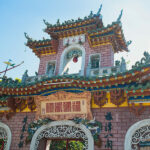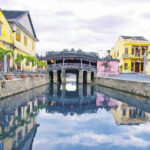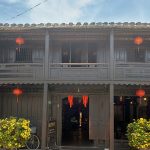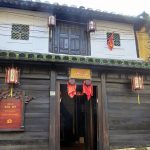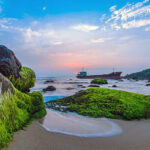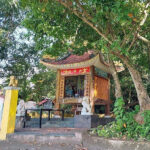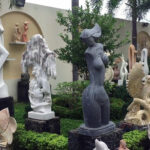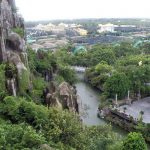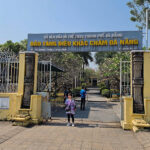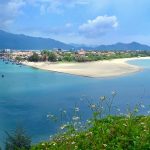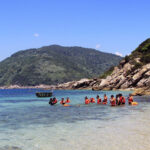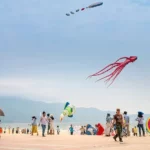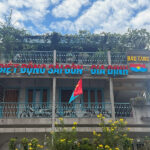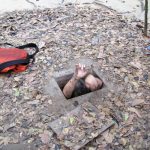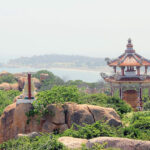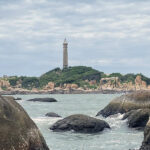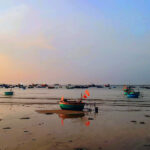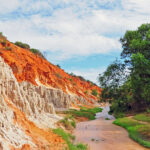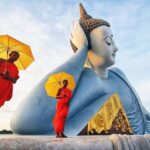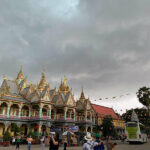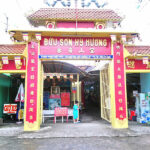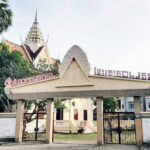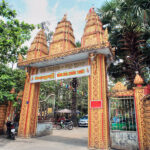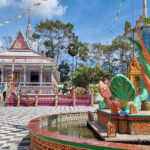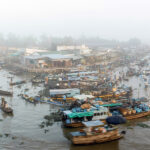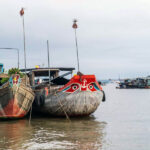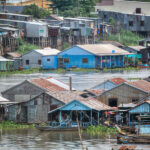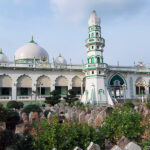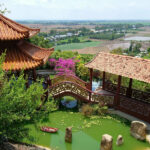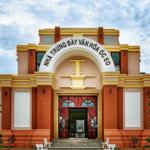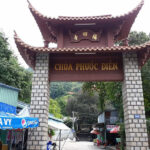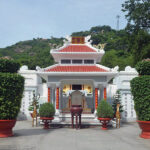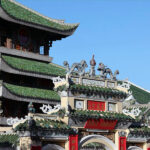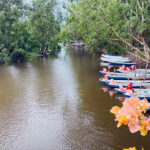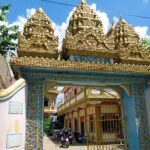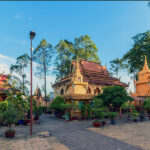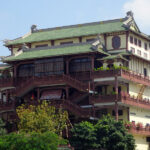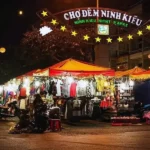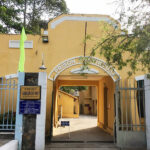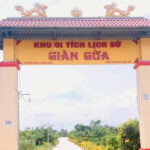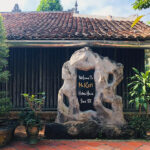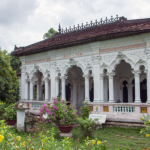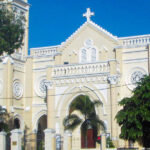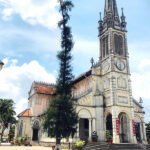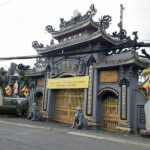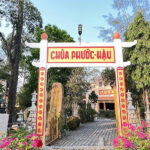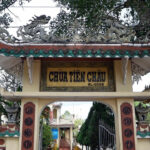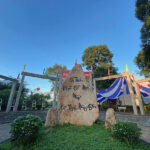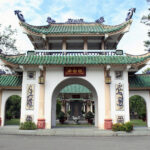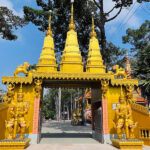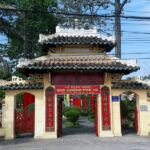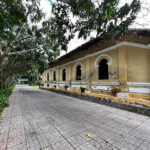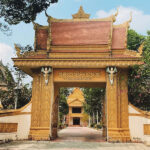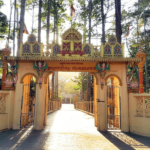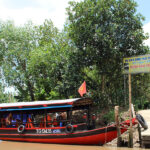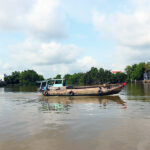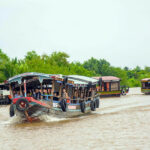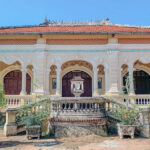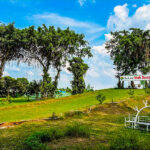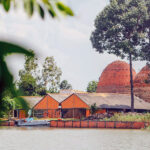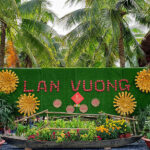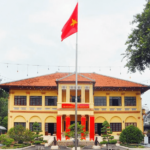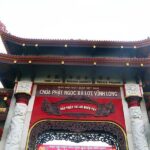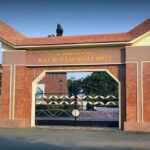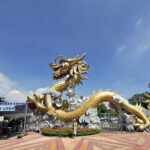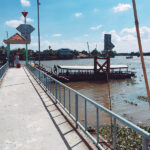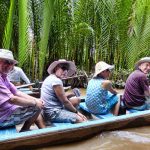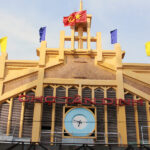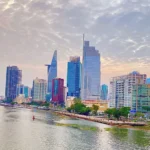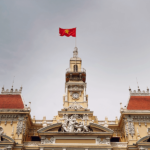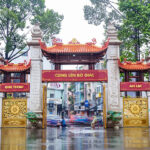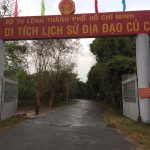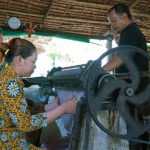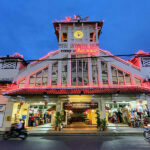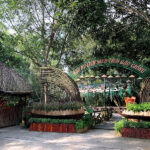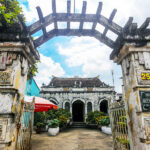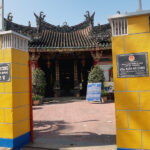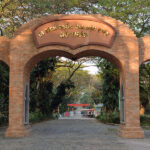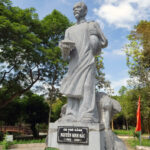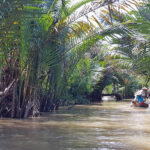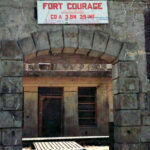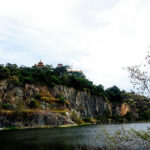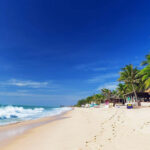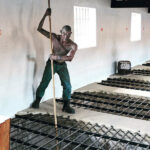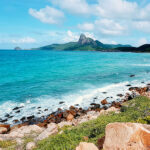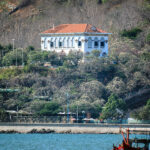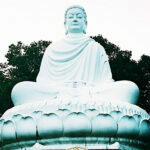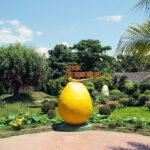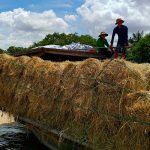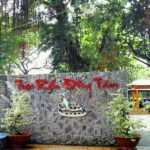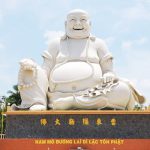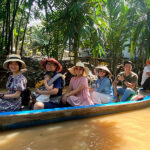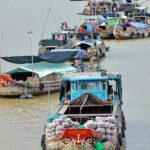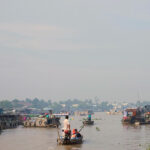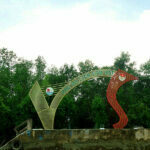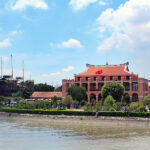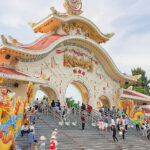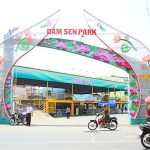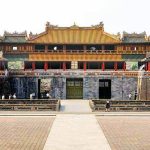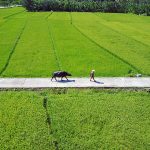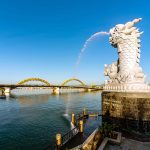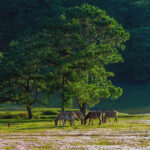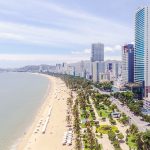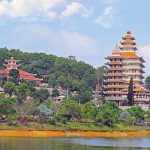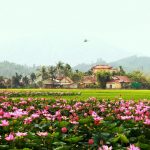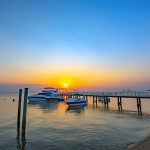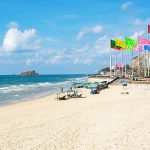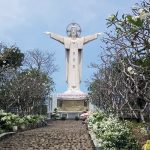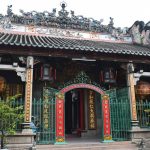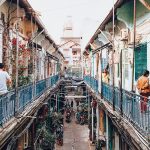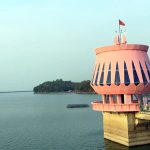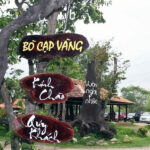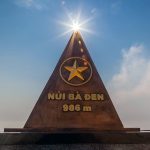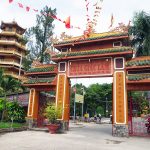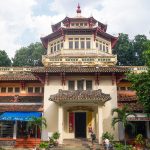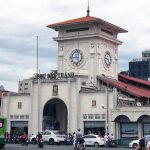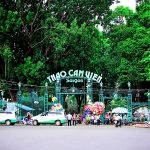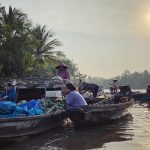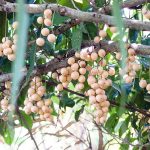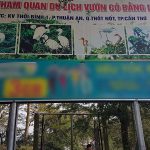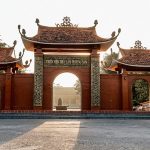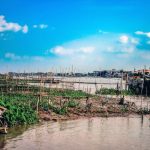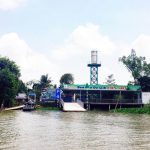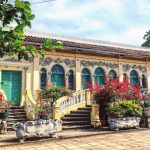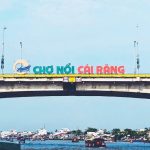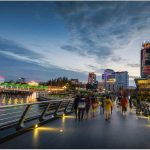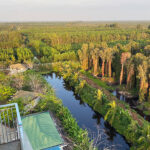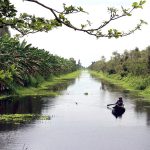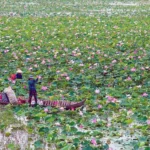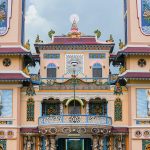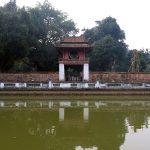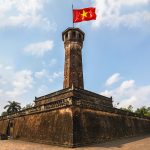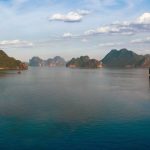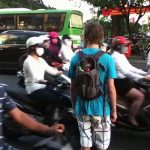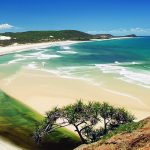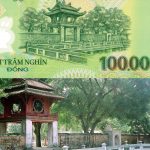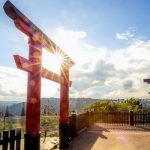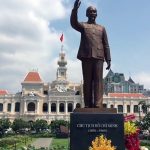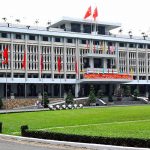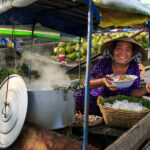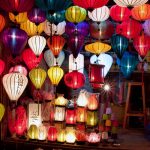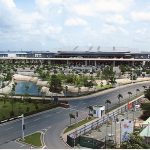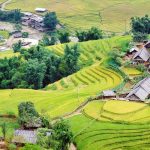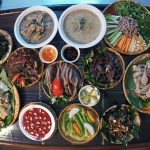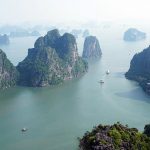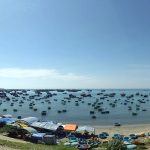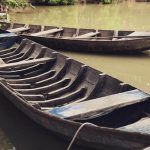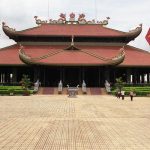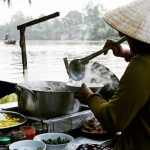Phu Quy Island (Vietnamese đảo Phú Quý, đảo mean island), also known as Thu or Khoai Xu Islet, is a small island located about 120 km southeast of Phan Thiet city. The small island has an area over 18km2 but has enough beautiful scenery, landscapes… for visitors to explore for a few days.
Table of Contents
What is the best time to visit Phu Quy?
The climate on the island is fresh and cool all year round. The appropriate time to explore Phu Quy island is from December to June of the following year, because the storm season usually falls from September to November. In the spring and summer, the sea is calm, clear, with light winds, making it easy for you to visit other islands around Phu Quy. However, sometimes there will be rough seas, you should check the weather forecast in advance.
How to get here?
Phu Quy Island belongs to Phan Thiet city, less than 200km from Ho Chi Minh City, so the most convenient and fastest means of transport is by train or bus. There are currently many bus companies operating the Ho Chi Minh City – Phan Thiet route with prices starting from only 200,000 VND/trip, the most popular are: Futa (Phuong Trang); Tam Hanh, Hanh Cafe,….For a big group, we really recommend to book a private car with a driver which can pick up and drop off in Phan Thiet.
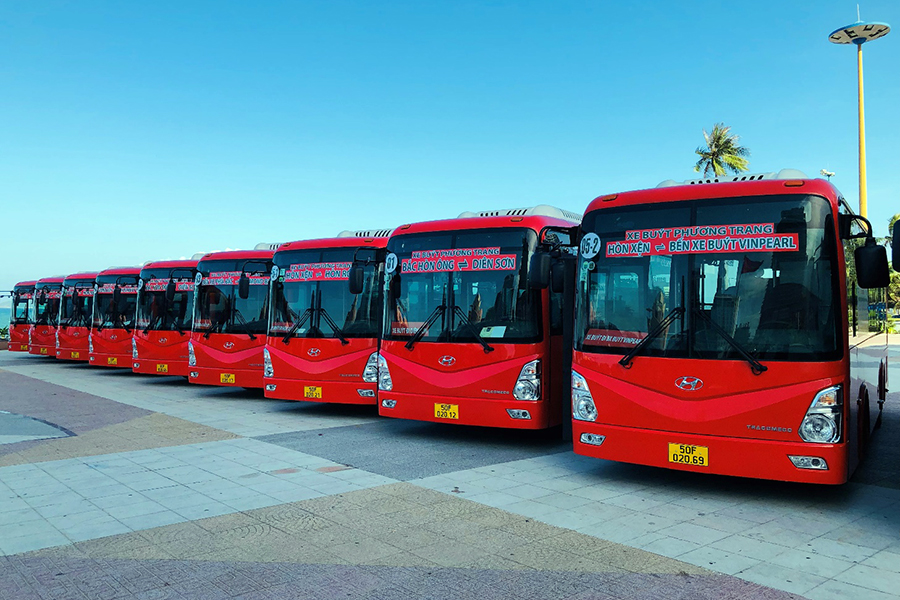
As the most remote island district of Binh Thuan province, Phu Quy island has a wild and beautiful scenery but tourism has not really developed. Currently, the only means to get to the island is by boat from Phan Thiet city, a distance of more than 110 km.
The boats going to Phu Quy are Superdong-PQI, Superdong-PQII, Phu Quy Express, Phu Quy Island… Normally the boat leaves Phan Thiet in the morning, at about 7:30 – 8:30 am.
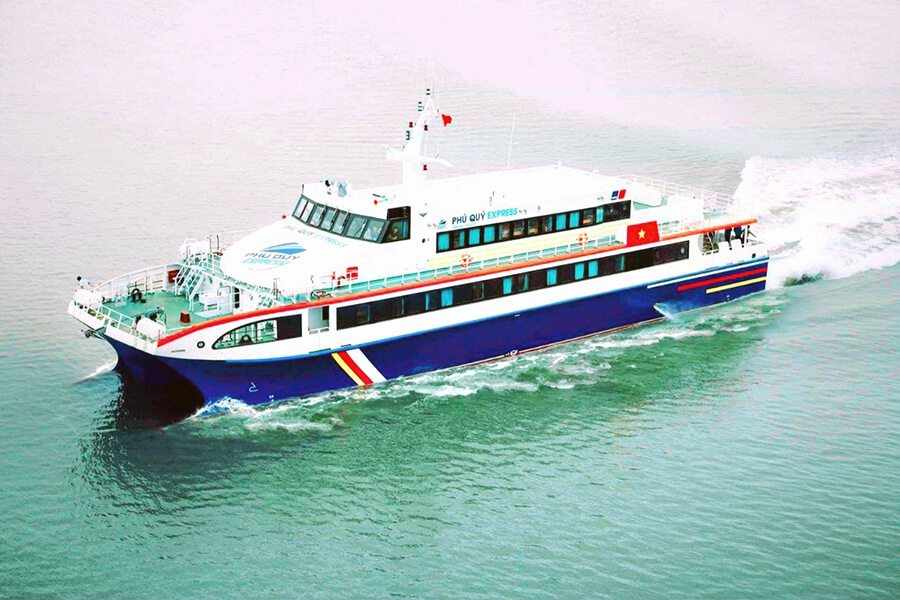
Phu Quy express speed boat
Travel time is 2.5 to 3.5 hours, available with soft beds and seats, fan room and air-conditioned room; and ticket cost from 400.000VND/1 person. There are no taxis on the island, you can rent a motorbike right at the hotel to get around. The roads on the island are quite spacious, there is one main road so it is easy to travel. You can also chat with locals to ask for directions, if you feel “lost”.
Famous check-in places on Phu Quy island
Phu Quy island includes many large and small islands such as Hon Da Cao, Hon Do, Hon Tranh and Hon Hai with many extremely unique landscapes, promising to be a place to give you different emotions and unforgettable experiences.
Van An Thanh temple
Van An Thanh means to express the wish to have a happy and prosperous life for the community. This place worships the Whale as the god of the South Sea associated with the fishing beliefs of our country’s coastal fishermen.
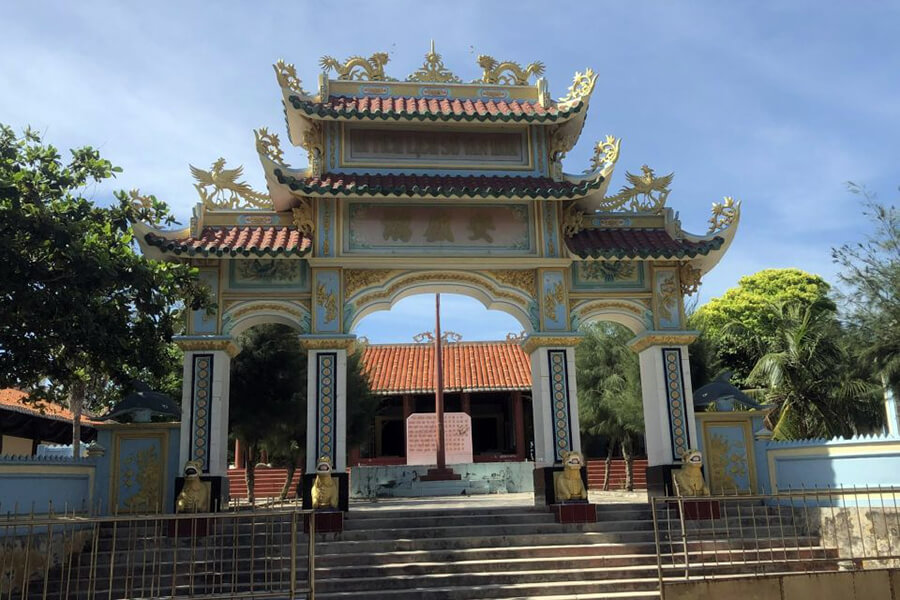
Van An Thanh Temple in Phu Quy Island
In 1941, the body of a whale drifted to Phu Quy island, people discovered it and buried it solemnly. When alive, this whale can be over 20 meters long and you can see the skeleton when you come to Van An Thanh. Coming here, you will hear people talk about the phenomenon of whales helping ships when encountering storms offshore.
Linh Quang Pagoda
The pagoda was ranked a national scenic spot by the Ministry of Culture and Information (now the Ministry of Culture, Sports and Tourism) in 1996, and is considered the earliest pagoda established on Phu Quy island Coming to Linh Quang Pagoda, in addition to visiting the pagoda and worshiping Buddha, visitors also discover and admire the architectural and artistic values bearing typical Buddhist marks on Phu Quy Island, and hear the legendary legends associated with the process of forming the pagoda and enlightening Buddhism here.
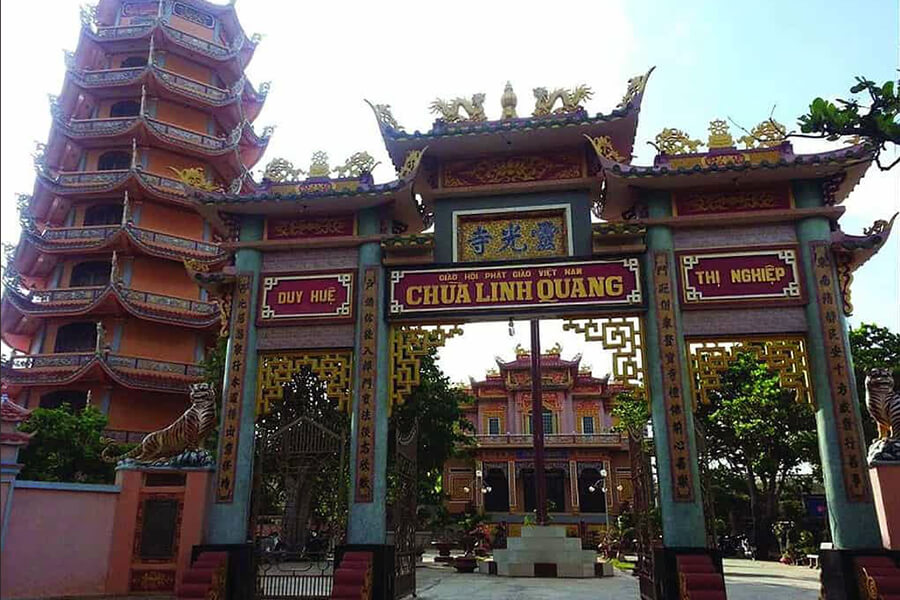
Linh Quang Pagoda in Phu Quy
Besides, the reverence of the people here is also directed towards the tomb of Master Sai Nai. According to legend, Master Sai Nai was a Chinese businessman and knowledgeable about medicines to treat diseases. During a trip to Vietnam to trade, his boat was pushed to Phu Quy island by a storm; he was attracted by the beauty of the island and decided to stay with him for life. Because of this place, after his death, the people buried him and built the tomb of Master Sai Nai in 1665.
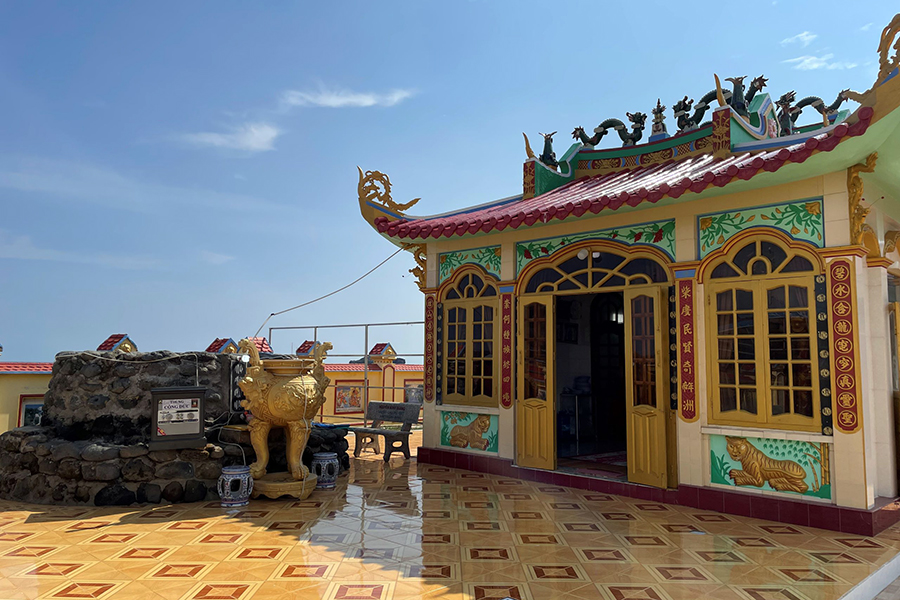
The temple of Master. Sai Nai
The islanders all go to Master Sai Nai’s tomb to pray when they encounter difficulties so that they can have a good life or go to sea to have a good shrimp and fish harvest. Every year, the Teacher Worship Ceremony is held on the 4th day of the 4th lunar month with many traditional rituals imbued with coastal cultural identity (such as singing boi for peace).
Ban Tranh Princess Temple
The temple was built by the Cham people at the end of the 15th century. According to historical documents, it is said that she was originally a princess of Champa. Because she did not accept the coercion of her father, she was put on a boat and exiled from the country when she was very young.
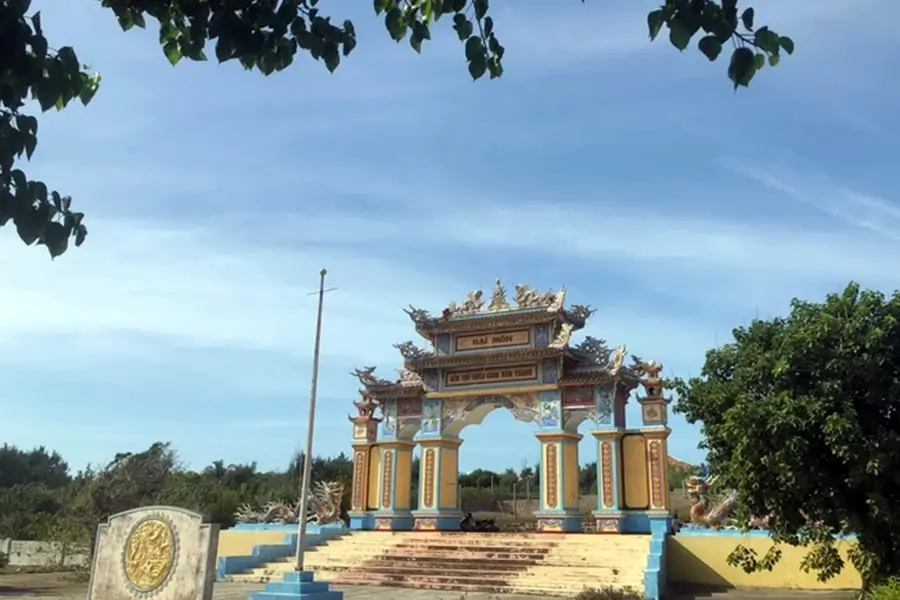
Main gate of Ban Tranh Princess temple
The boat drifted to the island, and she decided to stay and start a business. Later, she also helped the people fight off foreign invaders, so when she passed away, a shrine was built to worship her and her death was celebrated every year. Due to her great merits as well as her sacredness in blessing and protecting the people on the island, she is honored as the Lord of Phu Quy island. Visitors to Ban Tranh Princess Temple, in addition to worshiping, admire the architecture bearing the mark of cultural exchange between Vietnamese and Cham people in history; listen to stories and legends about her, and admire the majestic and beautiful natural landscape of Cao Cat Mountain from afar.
Cao Cat Peak
Cao Cat Peak is located in the north of Phu Quy island, where the majestic statue of Guanyin Buddha sits on top of the mountain.
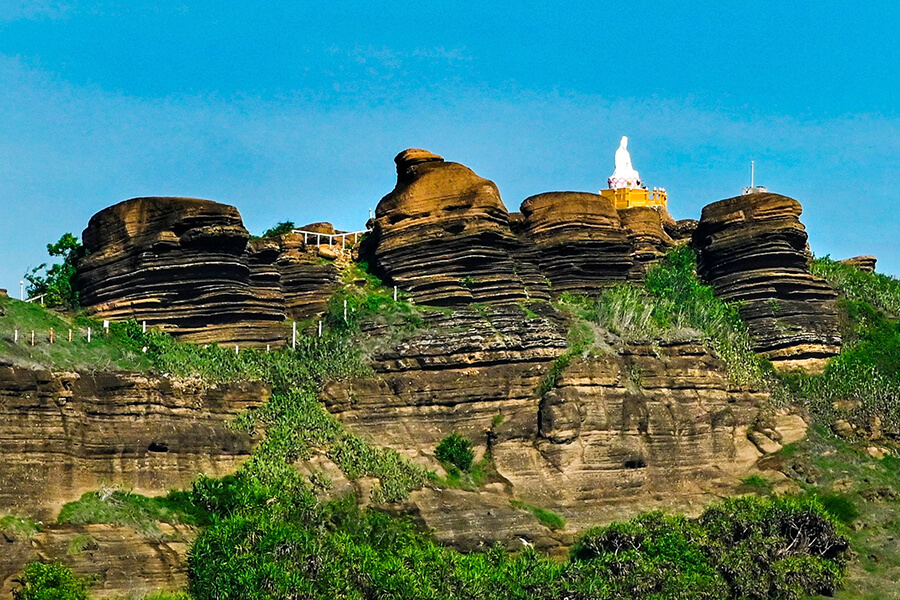
The highlight here is the beautifully cascading and wavy cliffs reaching out to the sea, extremely unique. This is one of the highest mountains on the island, 106 m above sea level. There are cliffs of special shape, with horizontal grooves due to weathering. On the way to Cao Cat peak you can visit Linh Son pagoda.
Phu Quy Lighthouse
The lighthouse is located about 3km west of the port, on Cam Mountain at more than 100 m above sea level. From here you can zoom out to see the poetic landscape, with a panoramic view of Phu Quy island. The high lighthouse is 18m height – one of the lighthouses with a special design and among the top largest lighthouses in Vietnam.
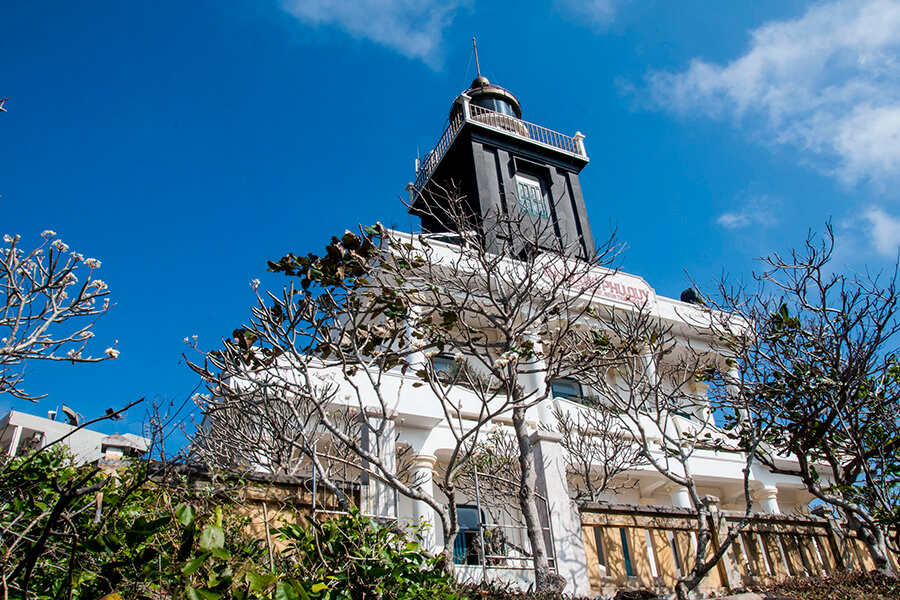
The road to the lighthouse is at the end of the road to Linh Buu Pagoda. You can ride a motorbike up to the foot of the mountain. This place is open free of charge, visitors can deposit a small amount of money to support maintenance and cleaning work
Phu Quy wind power field
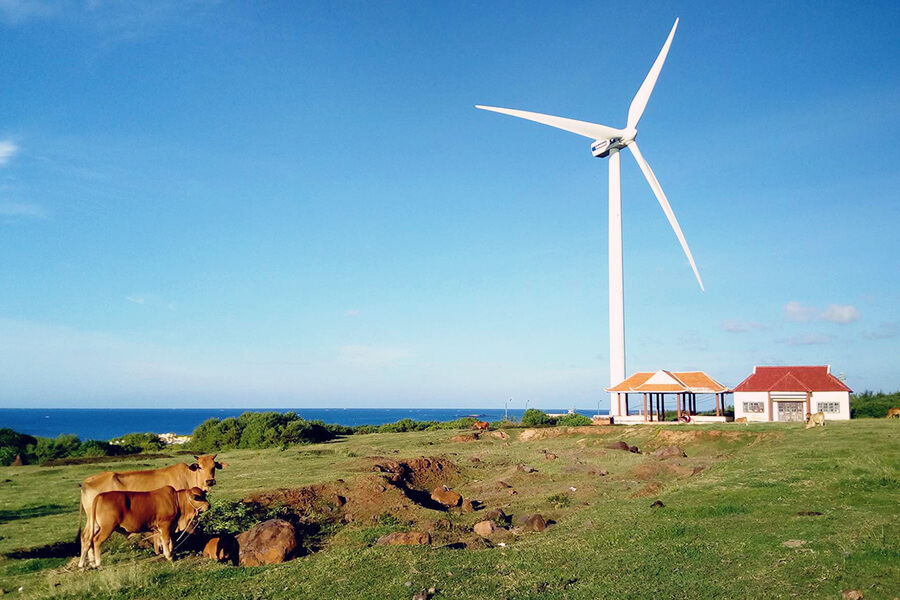
If you have always been fascinated with giant windmills in Europe, then during your visit to Phu Quy, you will also admire these special “giant pinwheels”. Unlike other colorful wind power fields, the wind power fields in Phu Quy are simply pure white turbine columns, but they extremely stand out against the blue sky and immense green grass below.
Linh Son pagoda
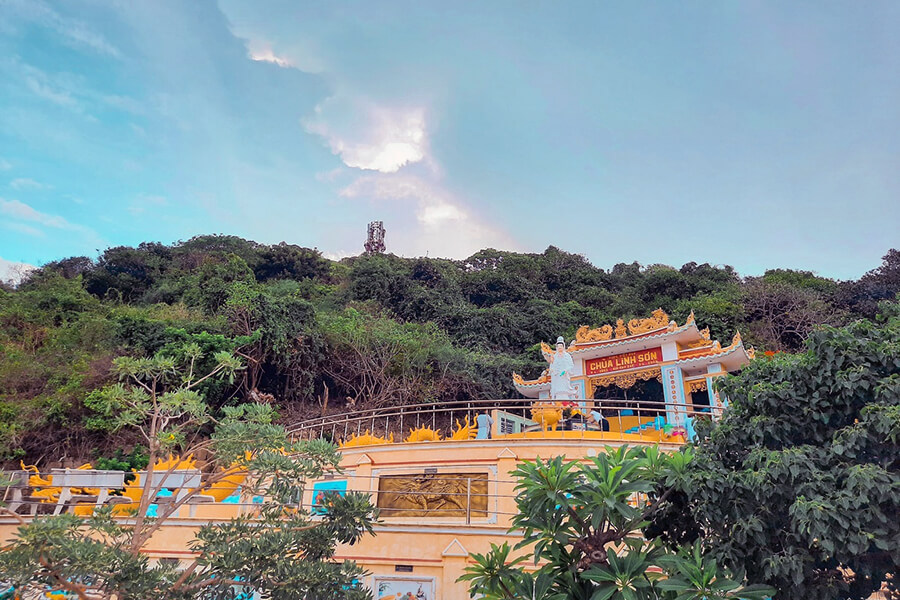
This ancient pagoda has over a hundred years old located 200m high above sea level. From the space of the pagoda, which is also the highest position of the mountain, one can see the whole island with the immense blue of the ocean surrounding it. Besides Linh Son, each hundred-year-old pagoda on the island is also unique because of its own carvings, architectural art and mysterious stories explaining the birth of the pagoda.
Tranh islet
A special island shaped like the letter S, Tranh islet is about 800m southeast of Phu Quy island. Among more than 10 large and small islands of Phu Quy island, Tranh islet has the largest area and is also the most attractive destination, because of its beautiful landscape and diverse ecosystem.
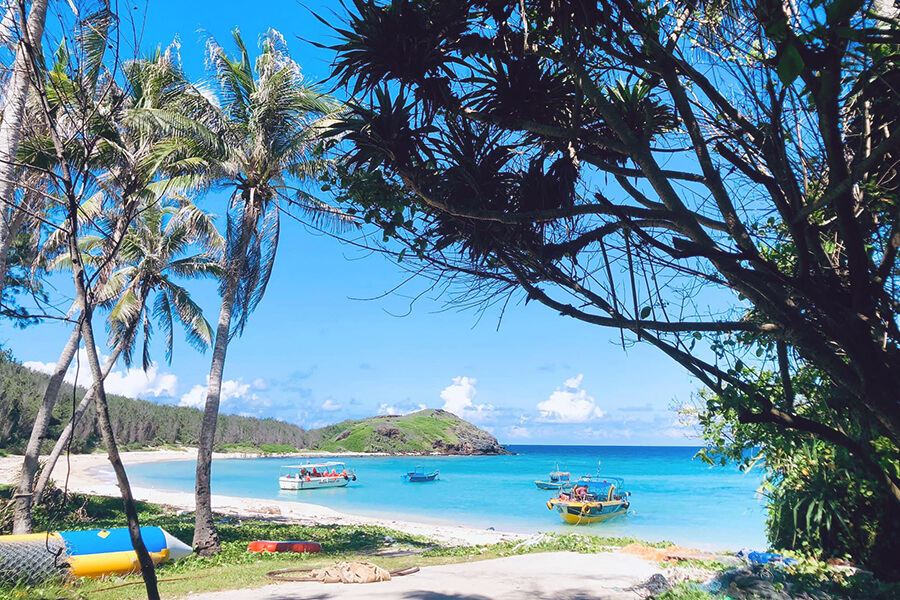
The islet is surrounded by high mountains that block the wind, so all year round, the sea at Tranh islet is extremely calm and quiet. Along with that, Tranh islet also owns a colorful natural coral reef population, helping visitors here to immerse themselves in the clear blue water and admire the masterpiece of nature.
Phu Quy beaches
Particularly on the main island of Phu Quy, it is impossible not to admire and enjoy the flat, white, virgin beaches far away. If the beach in Trieu Duong has the romance and poetry of a sea-sand watercolor painting, Doi Duong beach is a convergence of many poetic colors of nature such as forests, rocky slopes, and fishing villages.
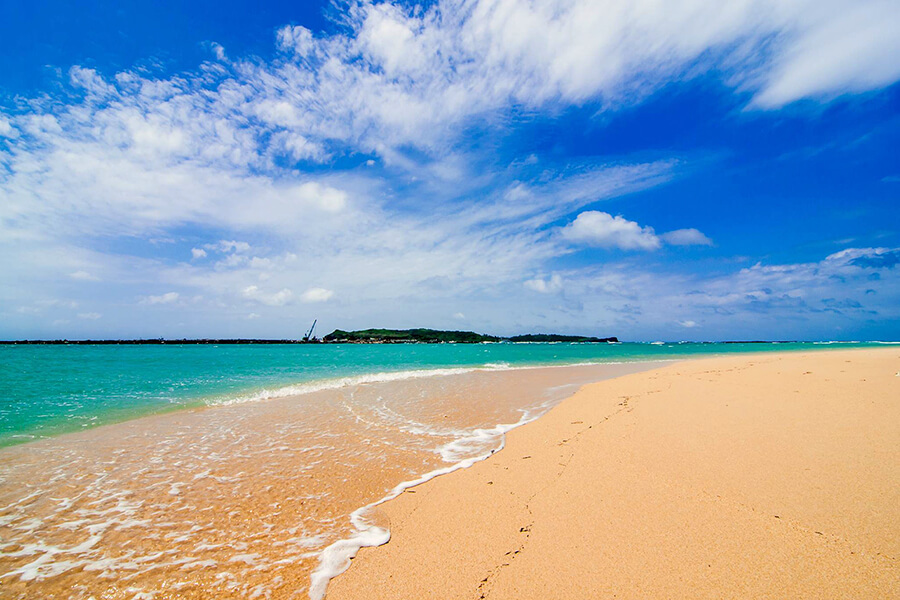
This place also makes visitors fascinated and impressed by the wild and seductive beauty of Nho – Ganh Hang beach because of the rough, towering black cliffs standing close to the sea with many different shapes due to their imprints of lava left behind by previous volcanic eruptions. In particular, under the magical hands of nature, the large cliffs are also connected together to form a hollow in the middle of the sea, which many people love to call a unique “saltwater swimming pool” that you will enjoy. Can’t be found on other beaches around the island…
Must-try experiences when coming to Phu Quy
Phu Quy tourism has not really developed yet, so entertainment services here are still gradually being developed. In addition to swimming, fishing and diving to see coral, Phu Quy now has more adventure services such as SUP rowing with prices from only 200,000 VND/hour, parasailing,…For sports fans, these are experiences that give you thousands of virtual photos and a wonderful, exciting vacation.
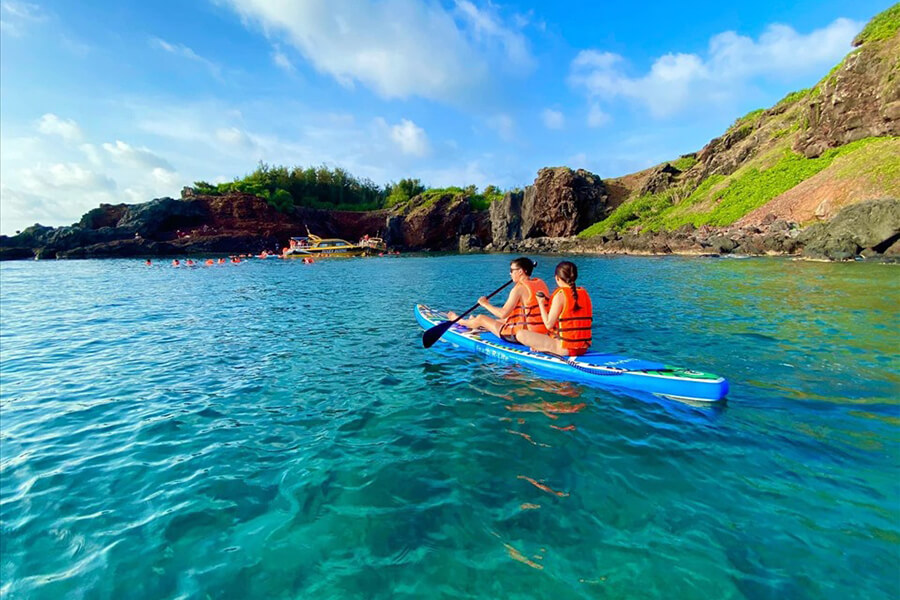
Visit other islets is also a thing to do when coming to Phu Quy. Just about 10 minutes by canoe, you can walk under the trees and learn about the life of fishermen on the island, with the traditional profession of diving to catch lobsters. Hon Tranh and Hon Den are considered beautiful and safe by locals. Guests are picked up by canoe, go fishing, dive to see coral, stop to take “virtual life” photos, and go to the raft house for lunch. In particular, the fish you catch will be processed by the tour guide into raw dishes to eat on the spot. Tour price has a price from 250,000 VND per person, excluding lunch costs. You can ask the hotel to contact a local guide and book a canoe.
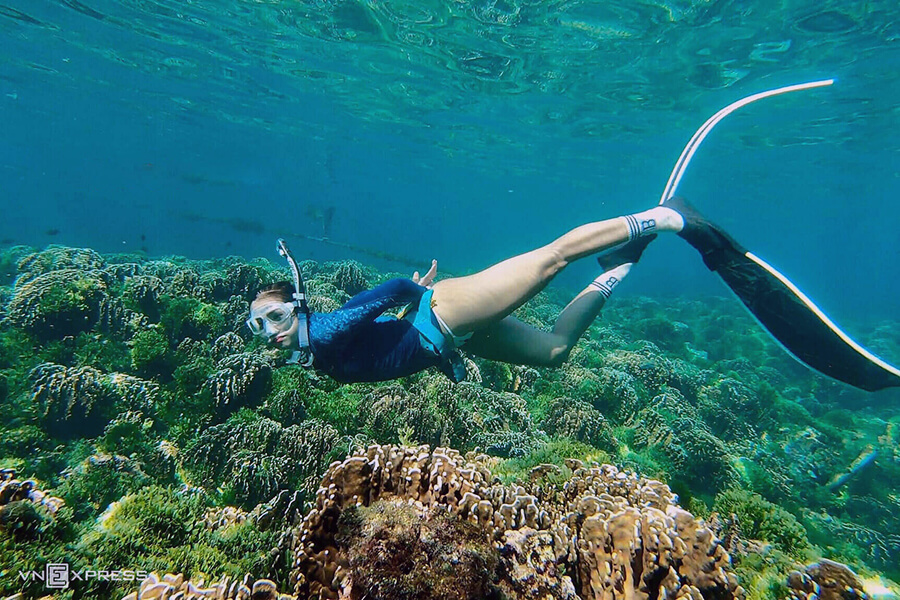
Photo source: vnexpress
In addition, you can go to Hon Hai and learn about the origin of the famous shark fishing boats in Phu Quy. You can also rent a diving boat to see the coral if you like. Beneath the clear blue water are colorful coral reefs and many schools of swimming fish that will make you excited.
Specialties in Phu Quy
Besides the beautiful check-in locations, the cuisine on this small island also deserves maximum points. The startlingly low prices of Phu Quy island’s restaurants are one of the “shocking” factors that make anyone who comes to Phu Quy excited and look forward to the nearest day to return. You can eat seafood in rafting villages. Must-try dishes are king crab and moon crab. A specialty of Phu Quy is hot beef, with some reference addresses being Hoa Thuong, Ngoc Tinh, Thanh Binh, Thu Vien…
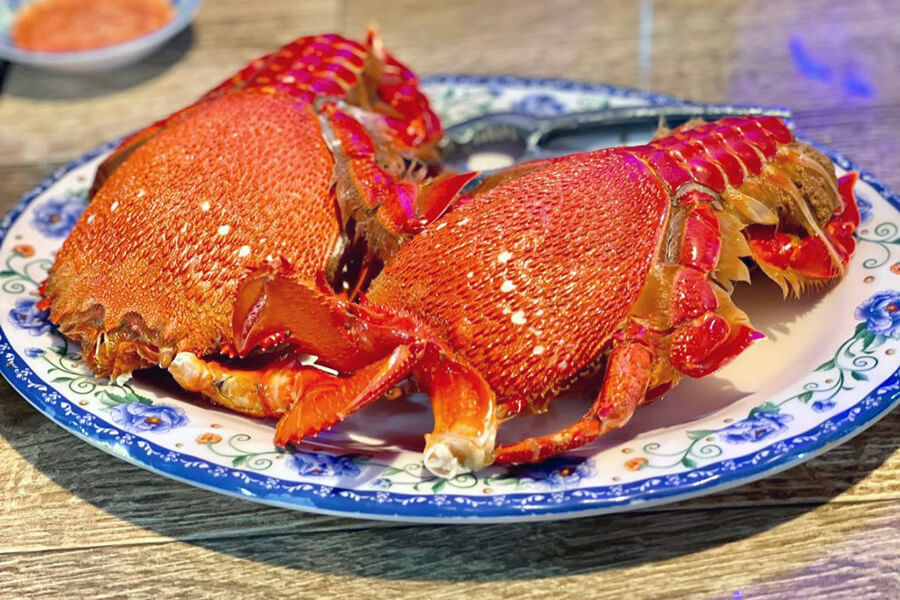
If you don’t eat at the restaurant, you can dine at rafts such as Dai Nam, Anh Sang, Hai Thien, Hai Phat, Ba Sinh… to enjoy fresh seafood.
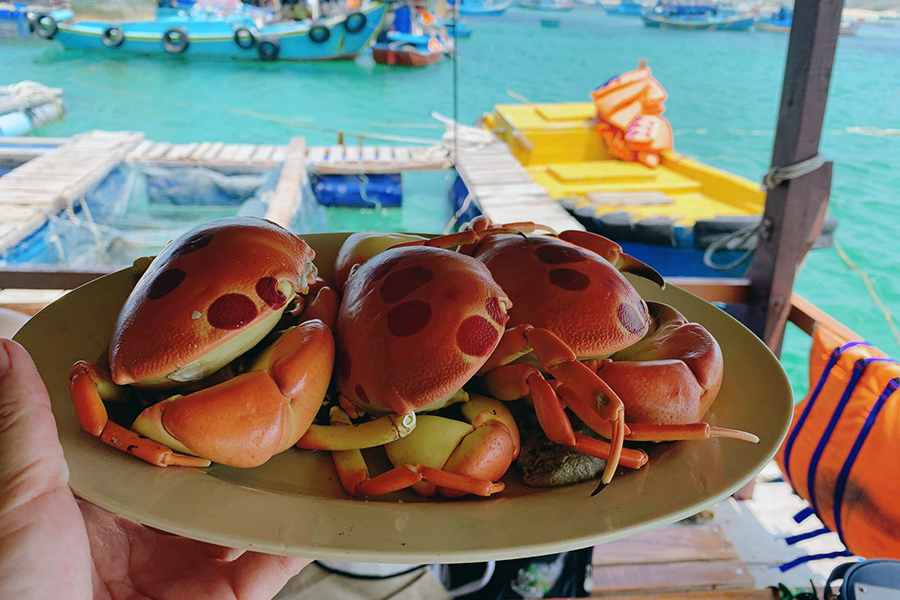
Some notes for your Phu Quy trips
- Boats to and from the island run on a fixed schedule each month, so visitors should book in advance because tickets sell out very quickly. On average, there are only 1-2 departures per day in each wat. If you come late, you will have to wait for the next departure in the next day.
- The wind on the island is very strong, so wear neat clothes and keep personal belongings secure when going out.
- If you want to camp overnight, ask the motel owner for permission in advance to complete residency procedures.
- The island allows foreigners to visit the island, but the number is limited, so the licensing procedure is quite long.
- There are no online ride-hailing applications, so book a motorbike in advance to be proactive about your vehicle when exploring.
- Hon Tranh and Bai Can should go in the morning to take the best SUP photos.
- Prepare complete personal belongings, backup charger, camera tripod, gimbal to be able to enjoy virtual life on this wonderful island.
- Even though the weather is not very sunny, you should definitely not forget sunscreen if you don’t want your skin to darken. Because the sun in Phu Quy is extremely caustic.
- Prepare 3G/4G network because wifi is not always available on the island, the signal is quite weak and intermittent.
Source: collected by An
Follow us for the best deal with Vietnam package tours and visa advice!
